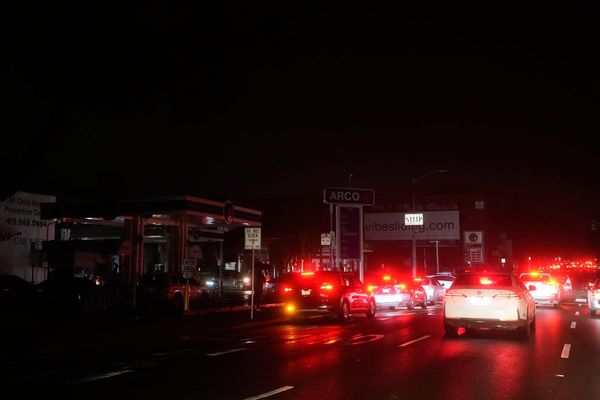
Cancer before the age of 50 is rare but increasing, and researchers want to know why.
A new US government study provides the most complete picture yet of early-onset cancers, finding that the largest increases are in breast, colorectal, kidney, and uterine cancers.
Scientists looked at data that included more than two million cancers diagnosed in people ages 15 to 49 between 2010 and 2019 in the US.
Of 33 cancer types, 14 cancers had increasing rates in at least one younger age group. About 63 per cent of the early-onset cancers were among women, according to the study published on Thursday in the journal Cancer Discovery.
"These kinds of patterns generally reflect something profound going on," said Tim Rebbeck of the US-based Dana-Farber Cancer Institute, who studies cancer risk and was not involved in the research.
"We need to fund research that will help us understand".
How many extra cancers are we talking about?
The researchers compared cancer rates in 2019 to what would be expected based on 2010 rates.
Breast cancer made up the largest share of the excess cancers, with about 4,800 additional cases. Meanwhile, there were 2,000 more colorectal cancers, 1,800 more kidney cancers, and 1,200 additional uterine cancers than would be expected.
Reassuringly, death rates were not rising for most cancers in the young adult age groups, although increasing death rates were seen for colorectal, uterine, and testicular cancers.
Why is this happening?
Explanations will take more research. The big databases used for the study don’t include information on risk factors or access to care. Theories abound, and a big meeting is planned later this year to bring together experts in the area.
"Several of these cancer types are known to be associated with excess body weight, and so one of the leading hypotheses is increasing rates of obesity," said lead author Meredith Shiels of the US' National Cancer Institute.
Advances in cancer detection and changes in screening guidelines could be behind some early diagnoses.
For breast cancer, the trend toward women having a first child at older ages is a possible explanation. Pregnancy and breastfeeding are known to reduce risk.
It’s not a uniform trend for all cancers
This isn’t happening across the board. Cancer rates in people under 50 are going down for more than a dozen types of cancer, with the largest declines in lung and prostate cancers.
Cigarette smoking has been declining in the US for decades, which likely accounts for the drop in lung cancer among younger adults.
The drop in prostate cancer is likely tied to updated guidelines discouraging routine PSA testing in younger men because of concerns about overtreatment.







